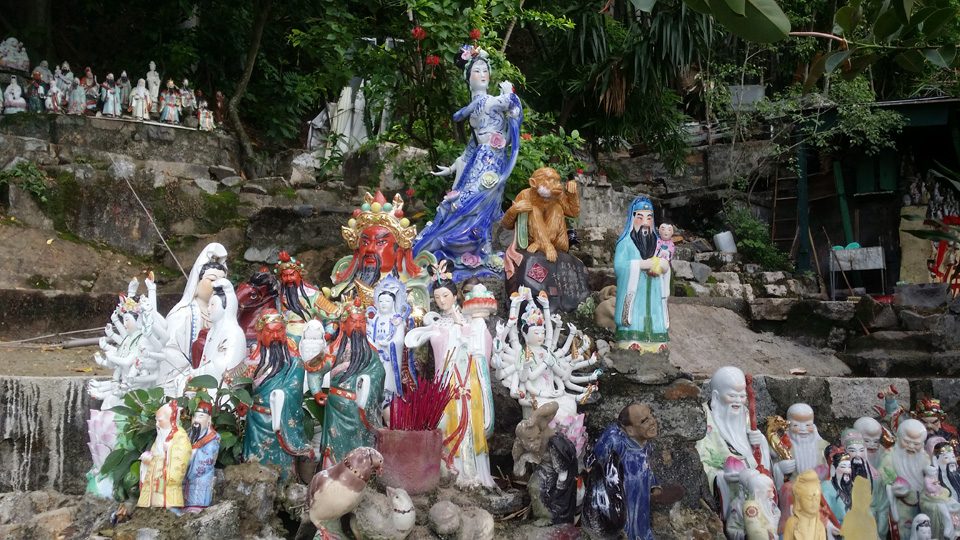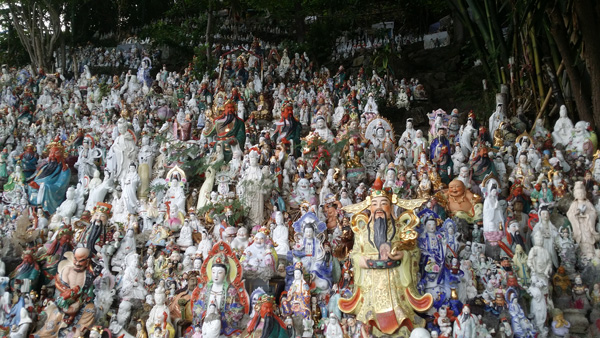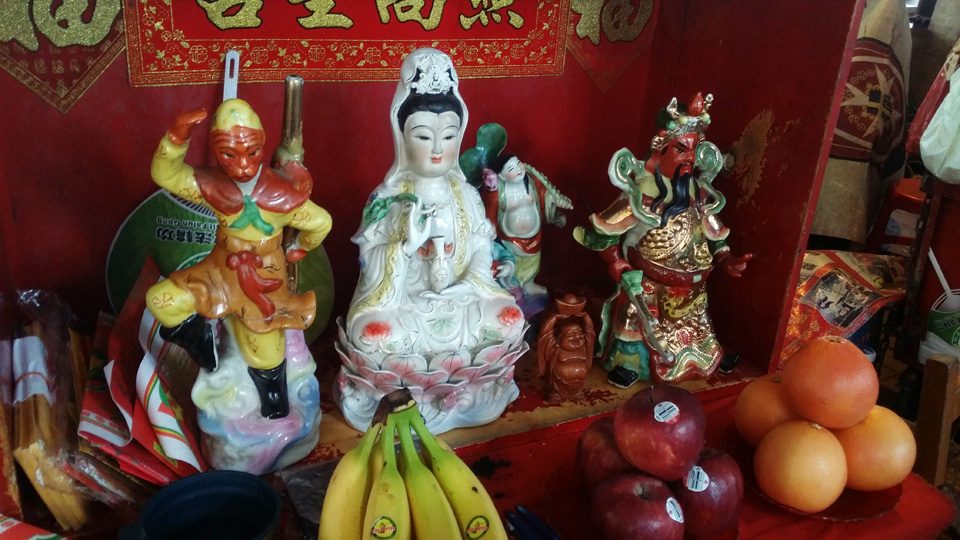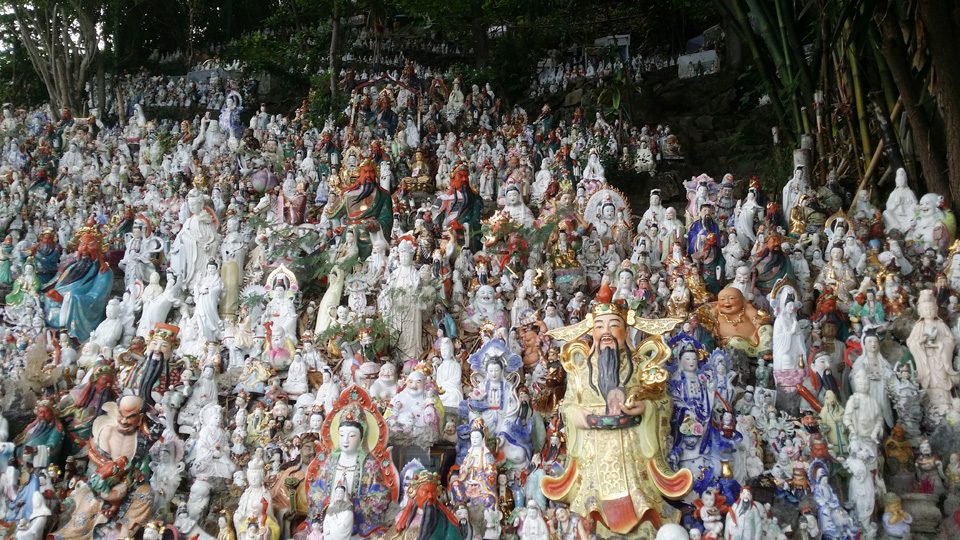- ABOUT IHSSABOUT IHSS
- PEOPLE
- NEWS & EVENTSNEWS & EVENTS
- RESEARCHRESEARCH
- FELLOWSHIPS & GRANTSFELLOWSHIPS & GRANTS
- TEACHING & LEARNINGTEACHING & LEARNING
- PUBLICATIONSPUBLICATIONS
Spirituality, Religion and Society Lecture Series
Is Guanyin (And Everything Else) a Palimpsest?
Dr. Chip Colwell
Senior Curator of Anthropology, Denver Museum of Nature & Science
Date: 8 May 2019 (Wednesday)
Time: 6:30 pm – 8:30 pm
Venue: Drake Gallery, 1/F Fung Ping Shan Building, University Museum and Art Gallery, The University of Hong Kong, 90 Bonham Road, Pokfulam
Enquiry: (Tel) (852) 3917-8112 (Email) martinmh@hku.hk
(This event is jointly organized by the “Rethinking Spirituality and Religion in Asia” Cluster and University Museum and Art Gallery, The University of Hong Kong.)
martinmh@hku.hkDrake Gallery, 1/F Fung Ping Shan Building, University Museum and Art Gallery, The University of Hong Kong, 90 Bonham Road, Pokfulam
Spirituality, Religion and Society Lecture Series
Is Guanyin (And Everything Else) a Palimpsest?
Dr. Chip Colwell
Senior Curator of Anthropology, Denver Museum of Nature & Science
Date: 8 May 2019 (Wednesday)
Time: 6:30 pm – 8:30 pm
Venue: Drake Gallery, 1/F Fung Ping Shan Building, University Museum and Art Gallery, The University of Hong Kong, 90 Bonham Road, Pokfulam
Enquiry: (Tel) (852) 3917-8112 (Email) martinmh@hku.hk
(This event is jointly organized by the “Rethinking Spirituality and Religion in Asia” Cluster and University Museum and Art Gallery, The University of Hong Kong.)
martinmh@hku.hkDrake Gallery, 1/F Fung Ping Shan Building, University Museum and Art Gallery, The University of Hong Kong, 90 Bonham Road, Pokfulam
Title:
Is Guanyin (And Everything Else) a Palimpsest?
Speaker:
Date:
May 8, 2019
Time:
6:30 pm – 8:30 pm
Venue:
Drake Gallery, 1/F Fung Ping Shan Building, University Museum and Art Gallery, The University of Hong Kong, 90 Bonham Road, Pokfulam
Language:
English
Enquiry:
(Tel) (852) 3917-8112
(Email) martinmh@hku.hk

Guanyin statues are materially and spiritually everywhere in Hong Kong — in Buddhist monasteries, popular temples, wayside shrines, private homes, jade markets, museums, antiquity shops, and more. In each of these contexts, Guanyin statues can be marked with new meanings even as their previous meanings are expunged. In this talk, Dr. Chip Colwell will use the case of Guanyin statues in Hong Kong to open a line of inquiry on how objects are like palimpsests — like a parchment from which writing has been partially erased to make space for another text. Last summer in Hong Kong, Dr. Colwell and colleagues at HKU followed the life-course of Guanyin statues, considering their production, circulation, animation, and disposal. This research suggests processes of inscription and erasure can be systematically recorded in contexts of Guanyin statue production and consumption by tracking the behaviors and expressed beliefs of different social actors and documenting the materiality of these objects as they move through physical and social spaces. This ethnography of things can perhaps both explain the processes that give Guanyin layers of meanings, and test the viability of an overarching palimpsest theory of objects.

Guanyin statues are materially and spiritually everywhere in Hong Kong — in Buddhist monasteries, popular temples, wayside shrines, private homes, jade markets, museums, antiquity shops, and more. In each of these contexts, Guanyin statues can be marked with new meanings even as their previous meanings are expunged. In this talk, Dr. Chip Colwell will use the case of Guanyin statues in Hong Kong to open a line of inquiry on how objects are like palimpsests — like a parchment from which writing has been partially erased to make space for another text. Last summer in Hong Kong, Dr. Colwell and colleagues at HKU followed the life-course of Guanyin statues, considering their production, circulation, animation, and disposal. This research suggests processes of inscription and erasure can be systematically recorded in contexts of Guanyin statue production and consumption by tracking the behaviors and expressed beliefs of different social actors and documenting the materiality of these objects as they move through physical and social spaces. This ethnography of things can perhaps both explain the processes that give Guanyin layers of meanings, and test the viability of an overarching palimpsest theory of objects.


Dr. Chip Colwell is the Senior Curator of Anthropology at the Denver Museum of Nature & Science. He received his PhD from Indiana University, and has held fellowships with the American Academy of Arts & Sciences, National Endowment for the Humanities, and US Fulbright Program. He has authored and edited 11 books, most recently Plundered Skulls and Stolen Spirits: Inside the Fight to Reclaim Native America’s Culture (University of Chicago Press). His TED Talk about the return of sacred objects from museums to Native Americans has been viewed more than 1 million times. His editorials and essays have appeared in The New York Times, The Atlantic, The Guardian, and other corners of the Internet. He has garnered numerous awards, including a Colorado Book Award, two National Council on Public History Book Awards, and the Gordon R. Willey Prize of the American Anthropological Association. Dr. Colwell is the founding Editor-in-Chief of SAPIENS — an online magazine about anthropological thinking and discoveries — and co-host of the SAPIENS Podcast.
This event is jointly organized by the “Rethinking Spirituality and Religion in Asia” Cluster and University Museum and Art Gallery, The University of Hong Kong.
Copyright © 2025 Hong Kong Institute for the Humanities and Social Sciences, The University of Hong Kong. All Rights Reserved.